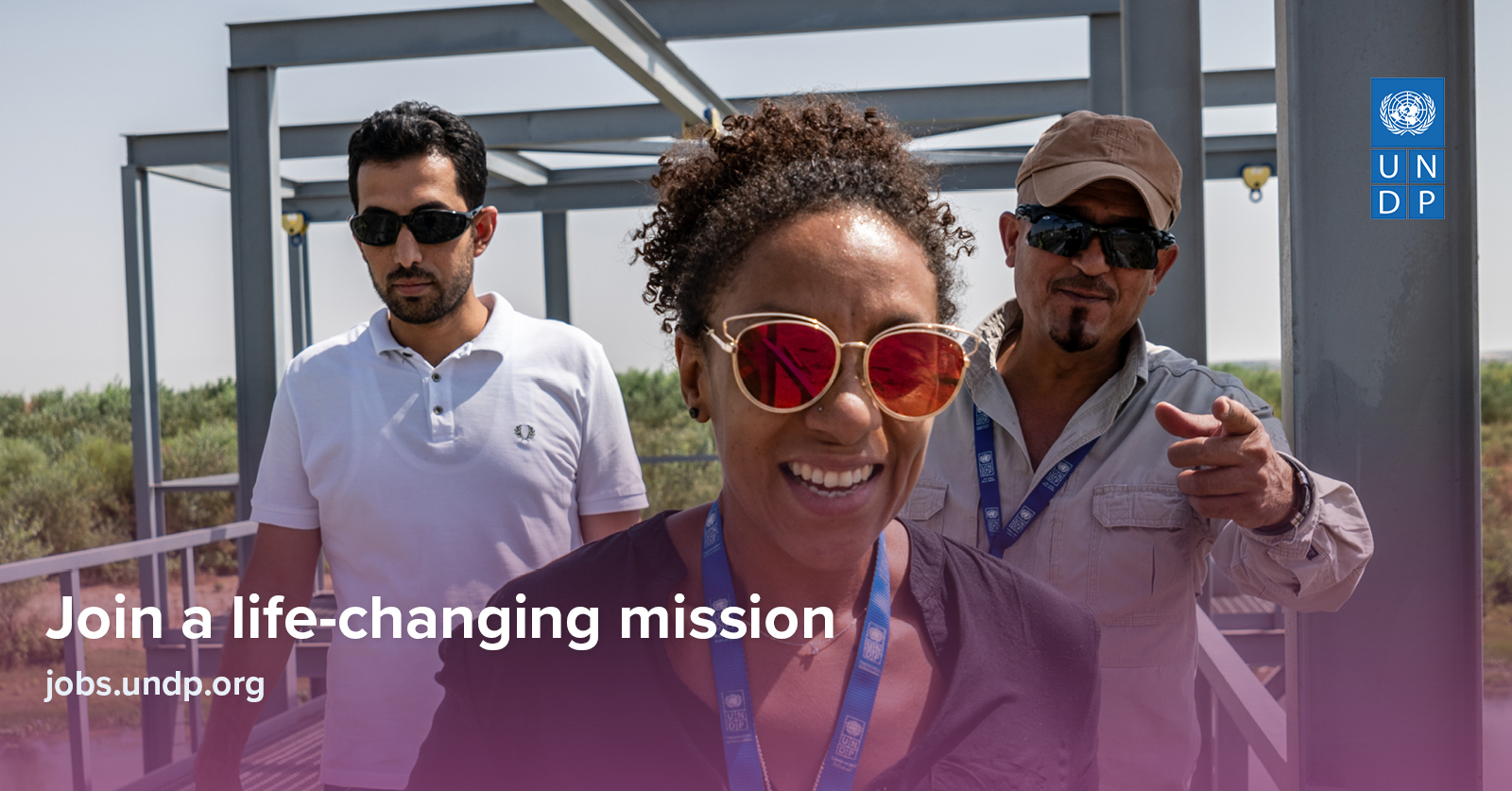
The Government of Zimbabwe, through the Ministry of Environment, Climate, Tourism and Hospitality Industry (MECTHI), in partnership with the UNDP, is implementing a 6-year GEF funded project entitled “Strengthening Biodiversity and Ecosystems Management and Climate-Smart Landscapes in the Mid to Lower Zambezi Region of Zimbabwe”, known locally as the Zambezi Valley Biodiversity Project (ZVBP). The project is implemented under a National Implementation Modality (NIM) in which MECTHI is the Implementing Partner. This is a child project under a global parent programme entitled “Global Partnership on Wildlife Conservation and Crime Prevention for Sustainable Development” – known for short as the Global Wildlife Programme (GWP). The project seeks to address multiple threats to biodiversity and sustainable community development in the Lower Zambezi, which include poaching and associated wildlife trade, retaliatory killing of wildlife, deforestation and associated land degradation due to unsustainable agriculture and firewood consumption, and uncontrolled veld fires.
The Zambezi Valley Biodiversity Project is a multifocal intervention, the objective of which is to promote an integrated landscape approach to managing wildlife resources, carbon and ecosystem services in the face of climate change in the protected areas and communal lands of the Mid to Lower Zambezi Regions of Zimbabwe. The project has 4 components namely: Component 1. Strengthening capacity and governance frameworks for integrated wildlife and woodland management and wildlife/forest crime enforcement in Zimbabwe; Component 2. Strengthening Zimbabwe’s PA estate and CAMPFIRE Wildlife Conservancies in areas of global BD significance; Component 3. Mainstreaming BD and ES management, and climate change mitigation, into the wider landscape; and Component 4. Knowledge Management, M&E and Gender Mainstreaming;
The project is being implemented in Muzarabani, Mbire and Hurungwe Districts as well as Mana Pools National Park, and Chewore, Sapi, Hurungwe, Dande, Charara and Doma Safari Areas. The indigenous Doma Community resides in some wards of Mbire North. The project will carry out activities that will improve the livelihoods of communities that live within the project area.
Social and Environmental Safeguards
UNDP’s Social and Environmental Standards (SES) underpin our commitment to mainstream social and environmental sustainability in our Programmes and Projects to support sustainable development. The objectives of the standards are to:
- Strengthen the social and environmental outcomes of Programmes and Projects
- Avoid adverse impacts to people and the environment
- Minimize, mitigate, and manage adverse impacts where avoidance is not possible
- Strengthen UNDP and partner capacities for managing social and environmental risks
- Ensure full and effective stakeholder engagement, including through a mechanism to respond to complaints from project-affected people.
UNDP’s SES require the preparation of project-specific plans, including at minimum an Environmental and Social Impact Assessment (ESIA) and an Environmental and Social Management Plan (ESMP), to provide a set of avoidance, mitigation, monitoring and institutional measures – as well as actions needed to implement these measures – to achieve the desired social and environmental sustainability outcomes within the project’s activities.
An international safeguards consultant has been contracted to develop the ESIA and ESMP. In order to prepare the ESMP, and additional plans as required, consultations with stakeholders, local communities and indigenous peoples are essential. As limitations on cross-border travel due to the global COVID-19 pandemic are likely to continue due the safeguards preparation phase, it is necessarily to contract the services of a suitably qualified and experienced national consultant.

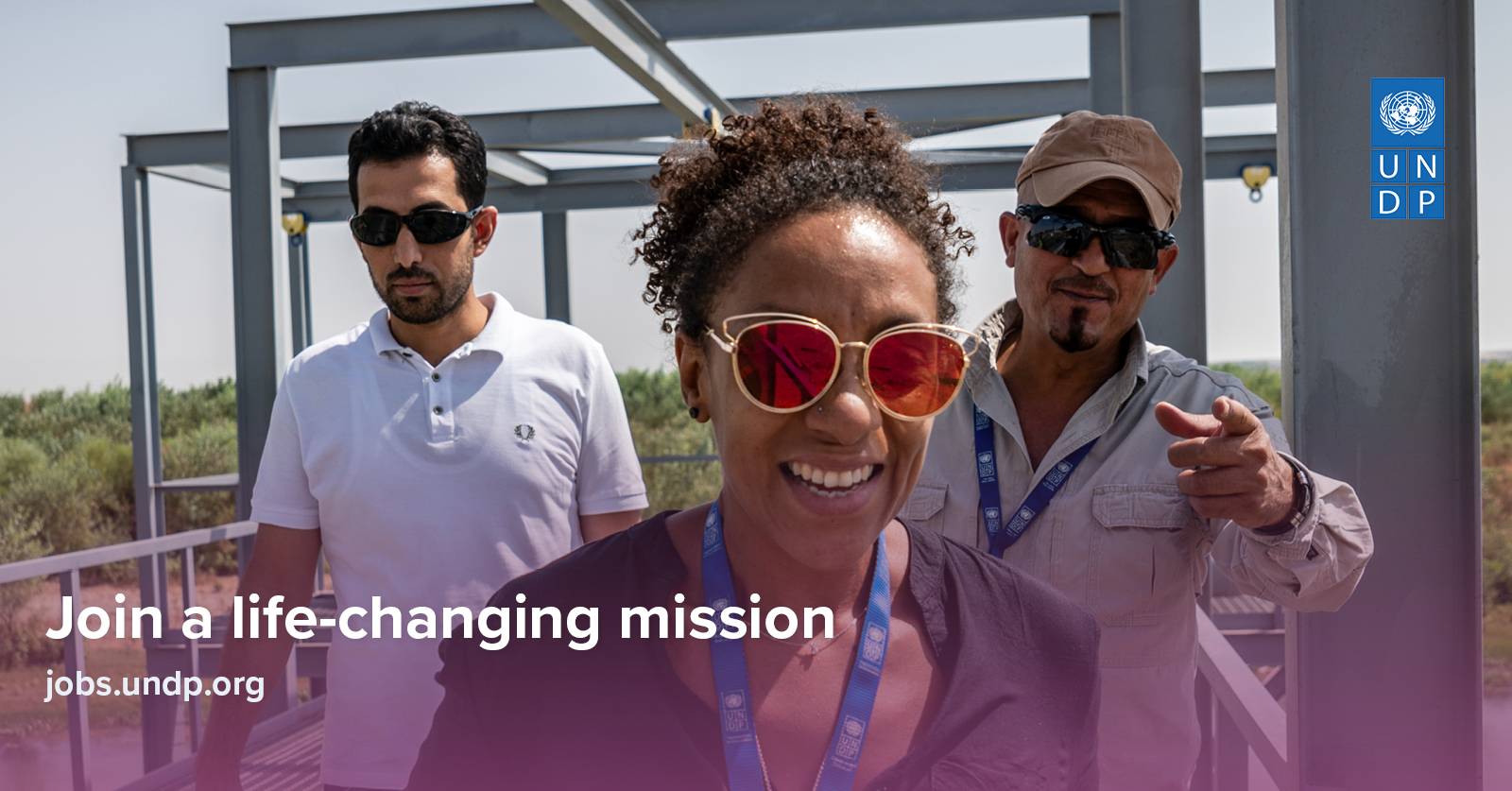

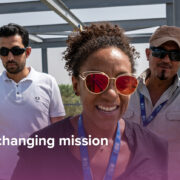



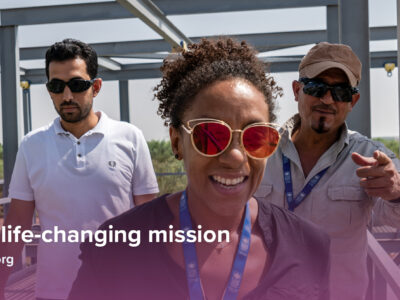

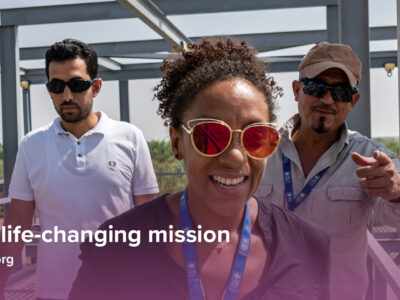

Comments